Is In-App Shopping The New Norm?
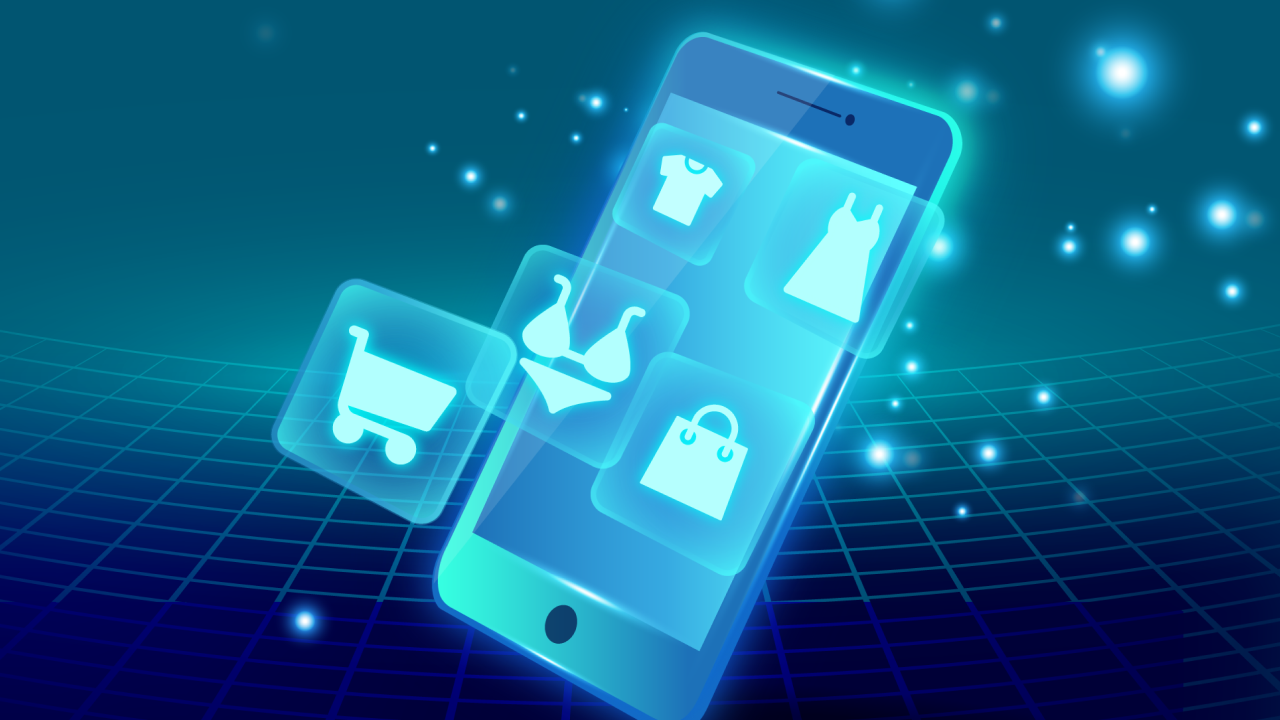
Are we close to seeing a world—virtual world, that is—that is entirely ‘shoppable’?
The concept of shopping has evolved over the years, especially with the advent of the internet. Today, digital platforms have become popular marketplaces. Instead of visiting brick-and-mortar stores, consumers simply choose to shop online. Its convenience, flexibility and promise of lowered costs are the main reasons why consumers prefer purchasing on the web rather than physical stores (SmartInsights).
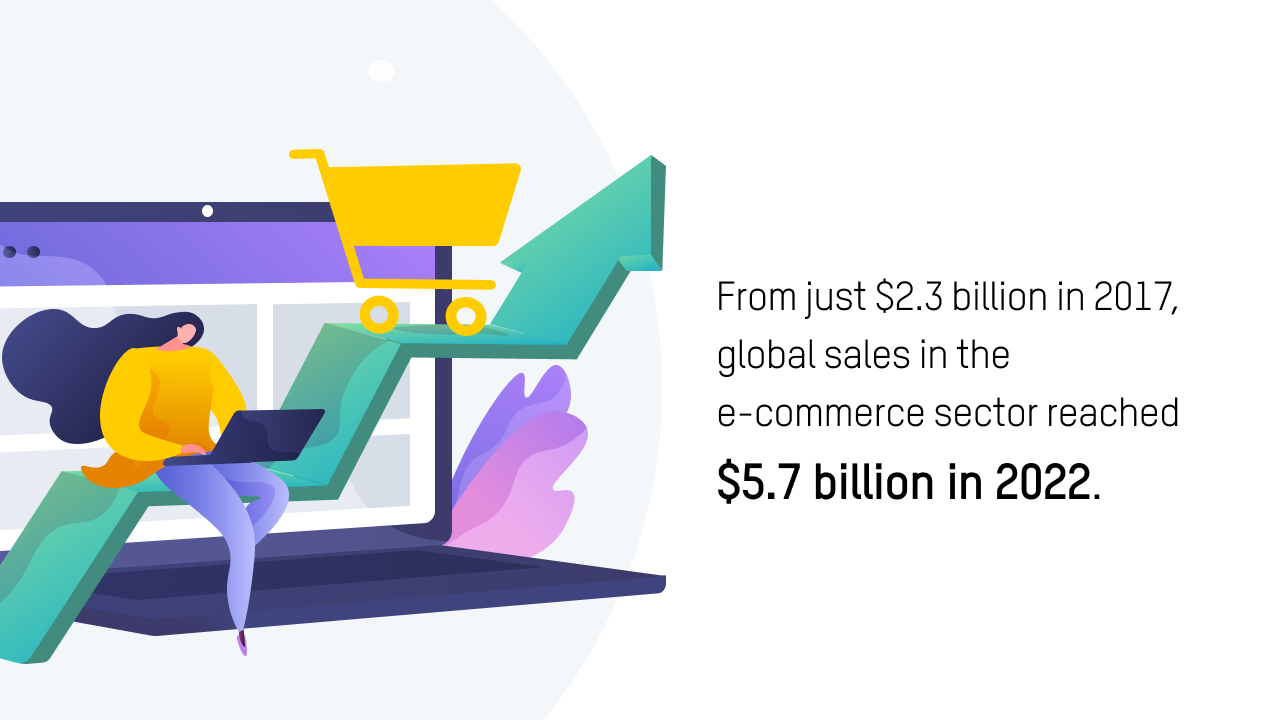
This shift in behavior is mainly attributed to the rapid growth of the e-commerce sector in recent years. From just $2.3 billion in 2017, the global sales of the e-commerce sector reached $5.7 billion in 2022 and predicted to grow by 56% in the next five years or so (Statista). But aside from e-commerce, this massive shift in how consumers shop gave rise to another digital trend—social commerce. While the concept of social commerce isn’t entirely new, it’s only now that this trend is gaining momentum.
Shoppable Posts Hit the Mainstream
With almost half of the world’s population on social, brands consider it the best place to market to their consumers. Popular brands, such as Pampers, Walmart, Clinique, H&M, and KitKat, are taking advantage of their social channels to enhance their consumers’ online shopping experience.
But what makes social commerce particularly successful nowadays is the rise of shoppable content. Shoppable content are posts on social that give consumers an instant purchase option. This type of content can either be a video, text or image that users can simply click to make a purchase.
The best thing about shoppable content is that it reduces browsing time and purchasing steps, tremendously shortening the customer journey. That’s why most consumers prefer in-app shopping. At least 83% of Gen Zers, which account for 40% of global internet consumers, purchase through social (eMarketer).
Because of this, leading social channels like Facebook, Instagram, TikTok and Pinterest are offering shoppable content and even integrated features to enhance in-app shopping, blurring the lines between social and e-commerce. TikTok, for example, has TikTok Shop, which enables users to sell products on a dedicated tab and through in-feed videos or lives.
Instagram, on the other hand, has a product tagging feature allowing users to directly purchase products on the app without having to leave the platform. Twitter is also developing a new shopping feature, the Twitter Shops, to allow merchants to showcase their products on their profiles. This is part of Twitter’s larger goal of expanding its e-commerce efforts within its platform.
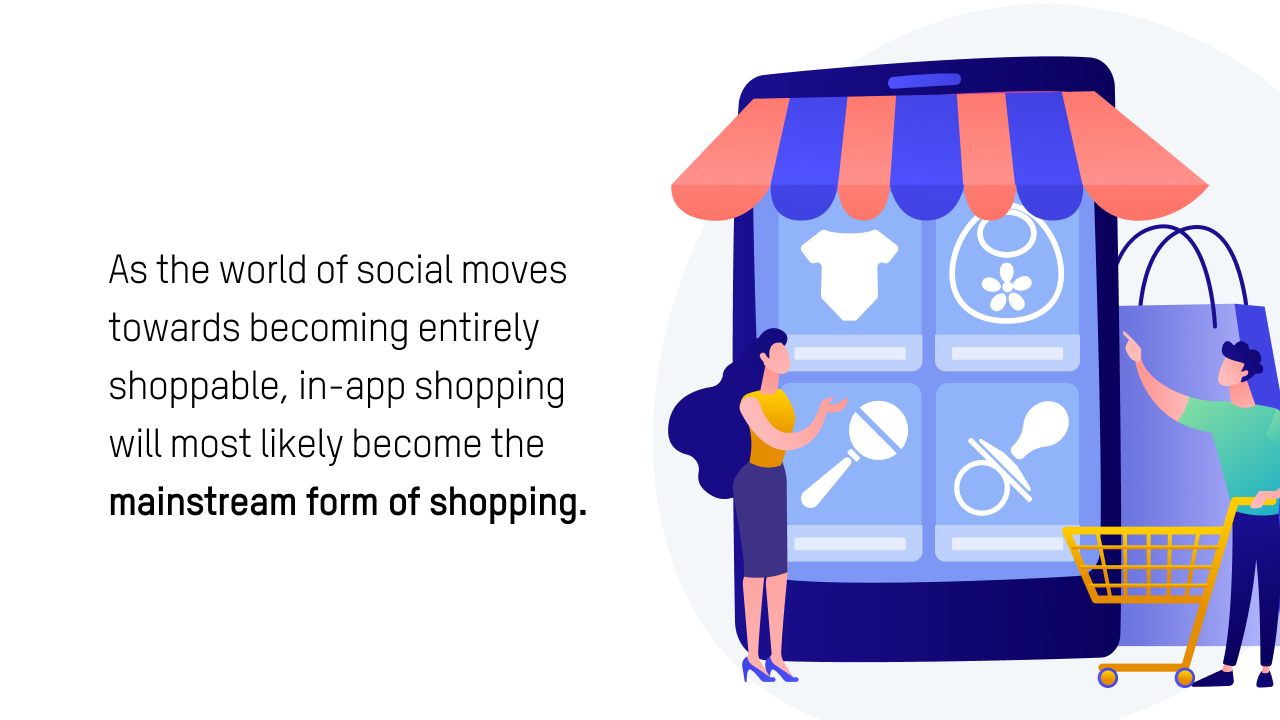
As the world of social moves towards becoming entirely shoppable, in-app shopping will most likely become the mainstream form of shopping. This is assuming that social channels continue integrating e-commerce-like features into their platforms and shoppable content to provide a more interactive and frictionless shopping experience to consumers.
Brands Put Their Own Spin
With shoppable content being the hottest trend at the moment, brands are coming up with bolder and more out-the-box ways to leverage their shoppable content and stand out from the crowd.
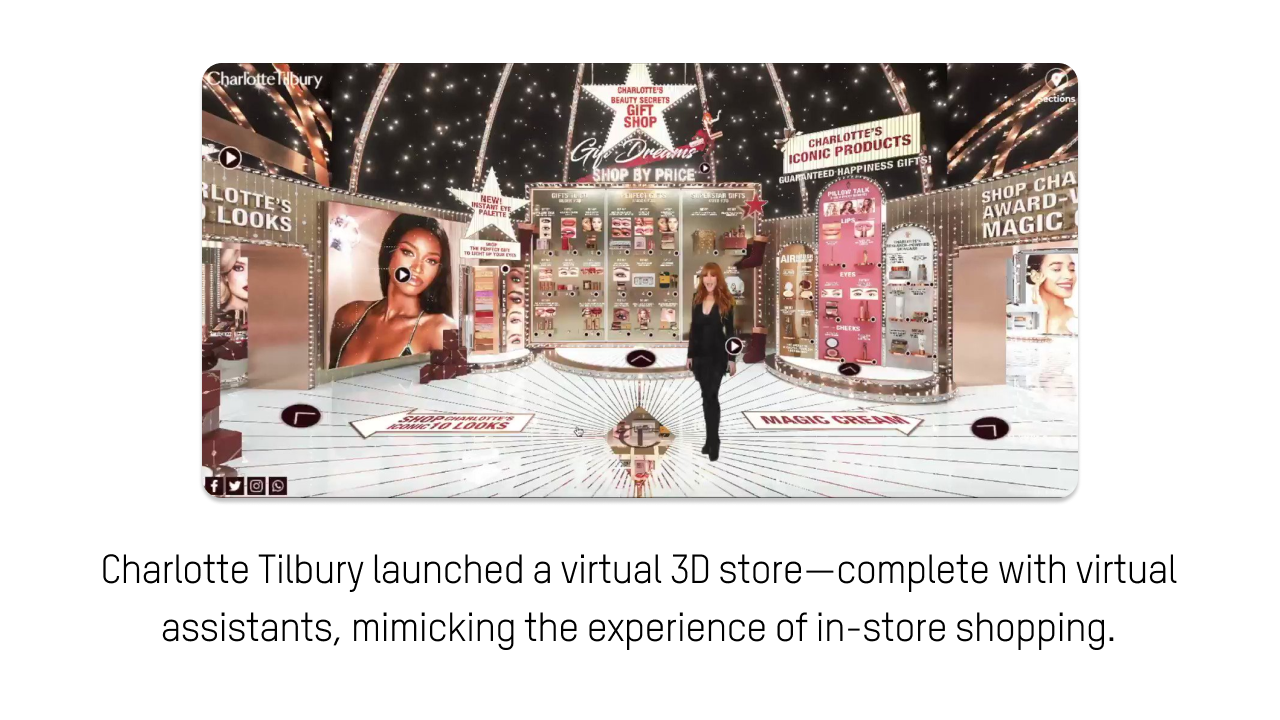
Among these brands is Charlotte Tilbury. The cosmetics brand sure knows how to take its shoppable posts to new heights. As part of its campaign, it combined shoppable content and virtual reality (VR) to bring a more immersive shopping experience to its customers. Charlotte Tilbury launched a virtual 3D store—complete with virtual assistants, mimicking the experience of in-store shopping. This virtual store also allows consumers to invite people to shop with them via video call through its Shop with Friends feature.
Glossier is another trailblazer when it comes to shoppable content. Before it even became popular, this beauty powerhouse was one of the first brands to integrate shoppable content into its social platforms. And recently, Glossier was the first brand to debut a new type of shoppable content—shoppable shorts—which are bite-sized YouTube videos that offer a faster purchase option to users. This is part of the brand’s goal to capitalize on livestream and video ads, which is poised to take over static ads.
Aside from Glossier, Puma is also worth mentioning. The sportswear brand took its shoppable content to the next level when it released an interactive shoppable video (“Forever Faster”), which allowed consumers to click to ready-to-be-bought products featured on the video and buy it straightaway. Puma saw a remarkable increase with their click-throughs and conversions through this entirely shoppable campaign—which brands can learn a thing or two from.
Indeed, when it comes to shoppable content, sky’s the limit—and these brands prove just that. With major brands hopping in the bandwagon, more businesses are expected to follow suit. And as brands become more innovative with their shoppable content, what change should people expect to see in the coming months?
What’s Next For Shoppable Content?
Undoubtedly, social commerce is growing at an accelerated pace. In 2022 alone, social commerce generated roughly $992 billion in global sales (Statista). This is a massive increase from the previous years and significantly grew during the pandemic, accelerating its growth by five years (The Influencer Marketing Factory). Because of this, social commerce, specifically shoppable content, is expected to pick up pace this 2023.
This type of content will continue to evolve in the coming months and will change how consumers purchase on digital platforms. This will fuel more brands to get more creative with their content and utilize short-form videos on social sites, as well as full-length videos on streaming platforms, to showcase their product catalogs rather than just using the typical shoppable static posts and landing pages (Syndeca).
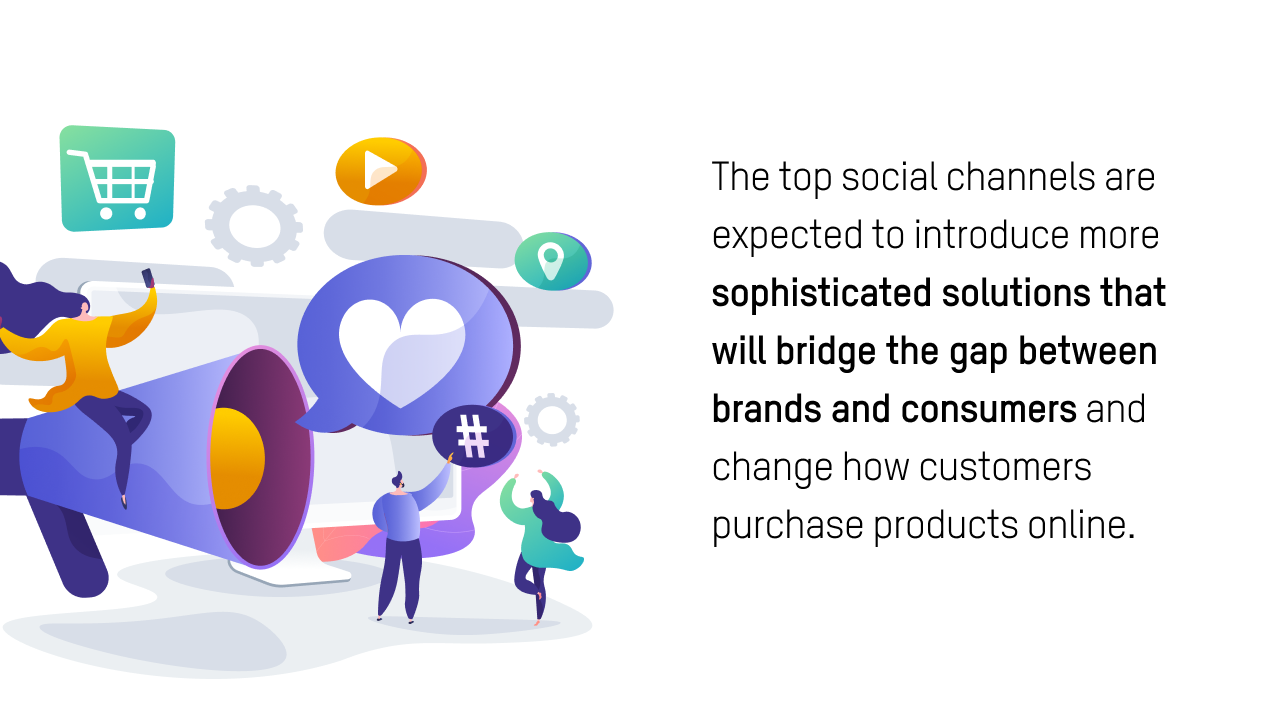
Furthermore, the rise of technologies, such as VR, voice search, and image recognition, is expected to take shoppable content up a notch. Brands are expected to integrate these innovations to make shocking developments in the digital shopping experience.
In addition, the top social channels are expected to introduce more sophisticated solutions that will bridge the gap between brands and consumers and change how customers purchase products online. From Facebook to Twitter to TikTok, expect game-changing features that will make their content more shoppable to their users. These changes will surely challenge brands to come up with more unique ways to engage and get their consumers to buy and buy.